Home>Garden Essentials>What Do You Put Under Astro Turf
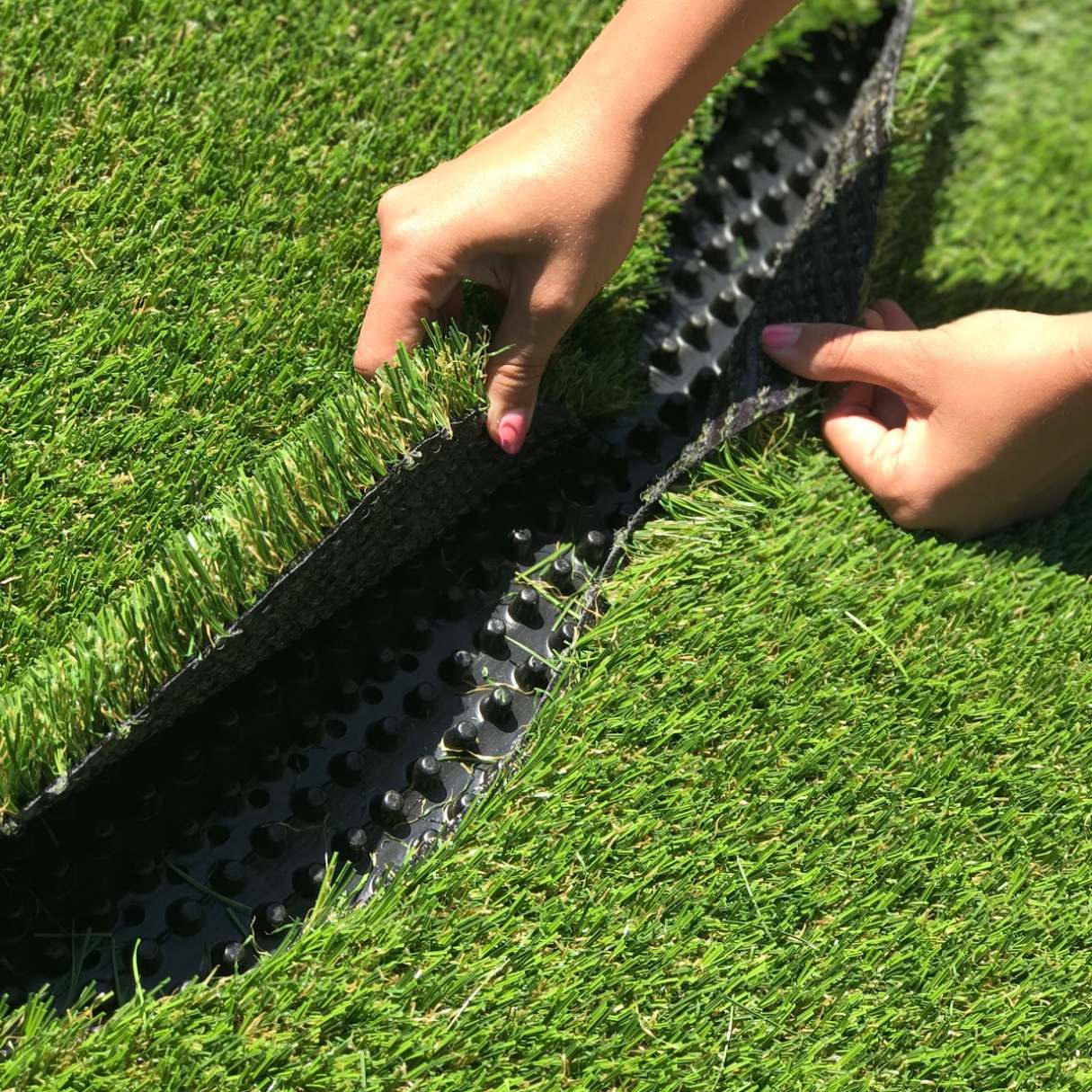

Garden Essentials
What Do You Put Under Astro Turf
Modified: March 7, 2024
Looking for a solution for your garden? Discover what you should put under astro turf to have a lush and beautiful garden.
(Many of the links in this article redirect to a specific reviewed product. Your purchase of these products through affiliate links helps to generate commission for Storables.com, at no extra cost. Learn more)
Introduction
Astro turf, also known as artificial grass or synthetic turf, has become increasingly popular in gardening and landscaping due to its low maintenance requirements and ability to provide a lush, green lawn all year round. Whether you’re installing astro turf in your backyard, on a sports field, or in a commercial space, one important consideration is what to put under the astro turf to ensure proper installation, drainage, and longevity.
When it comes to what to put under astro turf, there are a few key factors to consider. In this article, we will explore the different types of bases for astro turf, options for drainage, preparations for installation, materials to use as underlayment, and the use of sand or rubber infill. By understanding these factors, you can make informed decisions and choose the right base for your astro turf project.
So, let’s dive in and explore the options available for what to put under astro turf!
Key Takeaways:
- Choose the right base and materials for your astro turf to create a durable and beautiful synthetic grass surface. Consider factors like intended use, drainage needs, and budget to make an informed decision.
- Proper preparation is key for astro turf installation. Clear and level the area, install a weed barrier, compact the soil, and ensure proper drainage to create a solid foundation for your synthetic grass.
Read more: What Do You Put Under Turf Grass
Types of Base for Astro Turf
When it comes to installing astro turf, one of the most important decisions you’ll need to make is choosing the right type of base. The base serves as the foundation for your astro turf, providing stability, support, and proper drainage. There are three main types of bases commonly used for astro turf installations:
a. Concrete Base:
A concrete base is a popular choice for astro turf installations, especially in areas with heavy foot traffic or where durability is paramount. To create a concrete base, the existing soil is excavated and removed, and then a layer of compacted hardcore is laid as a sub-base. On top of the hardcore, a layer of sand or grit is spread evenly and compacted. Finally, a layer of concrete is poured and leveled, providing a solid and level surface for the astro turf to be installed on.
b. Composite Base:
A composite base consists of a combination of materials, including crushed stone, gravel, and sand. This type of base offers excellent drainage properties and is suitable for areas where water retention is a concern. The materials are mixed together and compacted to create a stable and permeable surface for the astro turf. Composite bases are often used in areas prone to heavy rainfall or where drainage is a significant factor.
c. Aggregate Base:
An aggregate base is made up of crushed stone or gravel mixed with sand. This type of base is commonly used for residential astro turf installations where the soil conditions are favorable and drainage is not a major concern. The aggregate base is leveled, compacted, and smoothed, providing a solid and stable surface for the astro turf to be installed on.
When choosing the type of base for your astro turf, consider factors such as the intended use of the space, local climate conditions, and budget. Each base type has its advantages and suitability for different situations.
Read more: How Do You Lay Astro Turf
Options for Drainage Under Astro Turf
Proper drainage is crucial when installing astro turf to prevent water accumulation and ensure the longevity and performance of the synthetic grass. When it comes to drainage options under astro turf, here are a few popular choices:
a. Perforated Pipe Drainage:
This drainage option involves installing a network of perforated pipes beneath the astro turf. These pipes allow water to flow through and drain away from the surface. A layer of coarse gravel or crushed stone is placed around the pipes to aid in water movement. This drainage system is effective but requires careful planning and installation to ensure proper slopes and a sufficient number of drainage outlets.
b. Sub-Surface Drainage System:
A sub-surface drainage system consists of a network of underground drains and pipes that collect and redirect excess water away from the astro turf. These drains are installed below the compacted base and are connected to an outlet or a designated drainage area. This type of drainage system is particularly useful in areas with high water tables or heavy rainfall, helping to prevent waterlogging and potential damage to the astro turf.
c. Infiltration Trenches:
Infiltration trenches, also known as French drains, are another option for drainage under astro turf. These trenches are created by digging a trench and lining it with landscape fabric to prevent soil ingress. The trench is then filled with a layer of coarse gravel or crushed stone that allows water to percolate through and drain away. This drainage option is effective in managing excess water and preventing water accumulation under the astro turf.
When considering the drainage options for your astro turf, assess the local climate, soil conditions, and site-specific factors. Proper drainage is essential to maintain the aesthetics and functionality of the astro turf, preventing issues such as water pooling, mold growth, and unpleasant odors.
Read more: Where Do You Buy Astro Turf
Preparations for Installing Astro Turf
Before you can install astro turf, there are several key preparations that need to be made to ensure a successful and long-lasting installation. Here are some important steps to follow:
a. Clear and Level the Area:
Start by clearing the area of any existing vegetation, rocks, or debris. Use a shovel or a turf cutter to remove the top layer of grass or soil. Once the area is clear, use a rake or a compactor to level the ground. A level surface is crucial for proper installation and to prevent any unevenness or dips in the astro turf.
b. Install Weed Barrier:
To prevent weed growth and ensure a clean and smooth surface, it is recommended to install a weed barrier before laying the astro turf. Landscape fabric or a geotextile membrane can be placed over the prepared ground. This barrier will prevent weeds from penetrating through the astro turf and causing any damage or disruption.
c. Compact the Soil:
Once the area is cleared and leveled, it is important to compact the soil to create a solid and stable base for the astro turf. Use a compactor or a vibrating plate to compact the soil, ensuring it is firm and well-packed. This step helps to provide a solid foundation that will support the astro turf and prevent any settling or shifting.
Read more: How Do You Clean Astro Turf In Gyms
d. Add a Layer of Aggregate:
Depending on the type of base you have chosen, you may need to add a layer of aggregate on top of the compacted soil. This layer helps with drainage and provides additional stability. Compact the aggregate layer to create a smooth and even surface for the astro turf installation.
e. Allow for Proper Drainage:
Ensure that the prepared area has proper drainage outlets or slopes to allow water to flow away from the astro turf. This is crucial to prevent water accumulation and potential damage to the synthetic grass. Pay attention to the natural flow and drainage patterns of the site, and make any necessary adjustments.
By following these preparations, you are laying the groundwork for a successful astro turf installation. Taking the time to properly prepare the area will ensure a smooth and durable surface for your synthetic grass, enhancing its performance and longevity.
Materials to Use as Underlayment for Astro Turf
Underlayment is an essential component for astro turf installations as it helps to provide cushioning, support, and an even surface. There are several materials commonly used as underlayment for astro turf. Let’s explore some of the most popular options:
a. Shock Pad:
A shock pad is a resilient underlayment material that provides cushioning and impact absorption. Made from foam or rubber, a shock pad helps to enhance the comfort and safety of the astro turf surface, especially in areas where there may be frequent falls, such as playgrounds or sports fields. It also helps to reduce stress on the joints and provides a more realistic feel underfoot.
Read more: What Astro Turf Make The Best Putting Green
b. Geo-Textile Fabric:
Geo-textile fabric is a durable, permeable material that is often used as underlayment for astro turf. It helps to create a barrier between the astro turf and the base, preventing any interference from the underlying soil or aggregate. Geo-textile fabric also aids in drainage, allowing water to pass through while keeping the astro turf in place. It is an affordable and practical option for providing stability and preventing weeds from growing through the synthetic grass.
c. Rubberized Underlayment:
Rubberized underlayment is another popular choice for astro turf installations. Made from recycled rubber, this material provides excellent shock absorption, making it ideal for sports fields and areas with heavy foot traffic. It helps to reduce the risk of injuries and provides a consistent playing surface. Rubberized underlayment also offers good drainage, ensuring that water flows through and away from the astro turf.
d. Compactable Aggregate:
Compactable aggregate, such as crushed stone or gravel, can also be used as underlayment for astro turf. This material is compacted to create a stable and level surface. It provides support and helps with drainage. However, it is important to ensure proper compaction to prevent settling or sinking over time. In areas where drainage is a concern, a layer of coarse sand or grit can be added on top of the compactable aggregate to assist with water movement.
When choosing the underlayment material for your astro turf, consider factors such as the intended use of the space, budget, and desired level of cushioning or impact absorption. Each material has its unique benefits, and selecting the right one will contribute to the overall performance and comfort of your astro turf installation.
Using Sand or Rubber Under Astro Turf
When it comes to infill options for astro turf, two popular choices are sand and rubber. These materials are used to provide stability, improve the performance of the synthetic grass, and enhance its longevity. Let’s explore the benefits and considerations of using sand or rubber as infill for astro turf:
Read more: What Is An Astro Turf
a. Sand Infill:
Sand infill is a common choice for astro turf installations. It helps to stabilize the synthetic grass and prevent it from shifting or becoming uneven. The sand particles fill the gaps between the blades of the astro turf, providing support and enhancing the overall firmness of the surface. Sand infill also helps to improve the ball roll and reduce the risk of injury, making it suitable for sports fields and areas with high foot traffic. Additionally, sand infill aids in preventing excessive heat retention, preventing the astro turf from becoming too hot under the sun.
b. Rubber Infill:
Rubber infill is another popular option, especially for sports applications. Made from recycled rubber granules, rubber infill provides excellent shock absorption, reducing the impact on joints and muscles during physical activities. It offers a more cushioned and comfortable surface, making it suitable for sports fields, playgrounds, and areas where safety is a concern. Rubber infill also helps with drainage and prevents compaction of the synthetic grass fibers.
c. Considerations:
When deciding between sand and rubber infill for your astro turf, there are a few things to consider. Firstly, the intended use of the space and the desired level of cushioning and impact absorption should be taken into account. If the astro turf will primarily be used for sports activities or areas with high foot traffic, rubber infill may be the preferred option. However, for aesthetics and a firmer surface, sand infill may be suitable. Secondly, consider the local climate conditions. Rubber infill can retain heat, making it hotter to the touch on hot days. Lastly, maintenance requirements should be considered. Both sand and rubber infill may require occasional topping up or redistribution to maintain the desired performance and appearance of the astro turf.
Ultimately, the choice between sand and rubber infill for astro turf depends on your specific needs, preferences, and budget considerations. Consulting with a professional installer can help guide you in making the best decision for your astro turf project.
Choosing the Right Base for Your Astro Turf
Choosing the right base for your astro turf is crucial for a successful and long-lasting installation. The base serves as the foundation, providing stability, support, and proper drainage. Here are some factors to consider when selecting the right base for your astro turf:
Read more: What Are The Alternatives To Astro Turf?
a. Intended Use:
Consider the primary use of the astro turf area. Will it be used for residential purposes, sports activities, or commercial applications? The level of foot traffic and the type of activities will influence your choice of base. For high-traffic areas or sports fields, a more durable and resilient base, such as a concrete or composite base, might be suitable. For residential areas, an aggregate base may be sufficient.
b. Drainage Needs:
Proper drainage is essential for the health and longevity of your astro turf. Consider the local climate and the natural drainage patterns of your site. If the area is prone to heavy rainfall or has poor drainage, a base that allows for efficient water movement, such as a composite base or perforated pipe drainage, may be necessary. On the other hand, if drainage is not a concern, an aggregate base with good compactability may be suitable.
c. Budget Considerations:
Consider your budget for the astro turf project. Some base options, such as concrete, can be more expensive due to the materials and labor involved. Aggregate bases, on the other hand, are usually more cost-effective. Plan your budget accordingly and weigh the benefits and durability of each base option to make an informed decision.
d. Professional Guidance:
Consult with a professional astro turf installer or landscape expert to get guidance on the suitable base options for your specific project. They can assess your site conditions, understand your requirements, and offer valuable insights based on their experience and expertise. They can also recommend any additional measures, such as adding a shock pad or geo-textile fabric, to enhance the performance and durability of the astro turf.
Remember, the right base for your astro turf will depend on various factors such as the intended use, drainage needs, budget, and professional guidance. Taking the time to choose the right base will contribute to the overall quality and longevity of your astro turf installation.
Read more: What Do You Put Under Outdoor Carpet
Conclusion
Choosing the right base and materials for your astro turf installation is essential for creating a beautiful, durable, and long-lasting synthetic grass surface. From selecting the type of base to considering drainage options, preparing the area properly, and choosing the underlayment materials, each step plays a crucial role in the overall success of your astro turf project.
By understanding the different types of bases available, such as concrete, composite, and aggregate, you can make an informed decision based on factors like intended use, drainage needs, and budget. Additionally, considering materials like shock pads, geo-textile fabric, sand, or rubber infill offers various benefits in terms of cushioning, support, and performance.
Preparation is key when installing astro turf. Clearing and leveling the area, installing a weed barrier, compacting the soil, and ensuring proper drainage are important steps that should not be overlooked. By taking these precautions, you can create a solid foundation for your astro turf that will enhance its aesthetics, functionality, and lifespan.
Ultimately, it is recommended to consult with a professional astro turf installer who can assess your specific requirements, offer expert advice, and ensure a proper and efficient installation. Their knowledge and experience will prove invaluable in choosing the right base and materials tailored to your project.
In conclusion, investing time and effort into choosing the appropriate base and materials for your astro turf, as well as properly preparing the area, will result in a stunning and long-lasting synthetic grass surface. Whether it’s for residential, commercial, or sports purposes, a well-installed astro turf can provide years of enjoyment, low maintenance, and a beautiful green space all year round. So, get ready to enjoy your lush, maintenance-free lawn with the right base and materials for your astro turf installation!
Frequently Asked Questions about What Do You Put Under Astro Turf
Was this page helpful?
At Storables.com, we guarantee accurate and reliable information. Our content, validated by Expert Board Contributors, is crafted following stringent Editorial Policies. We're committed to providing you with well-researched, expert-backed insights for all your informational needs.
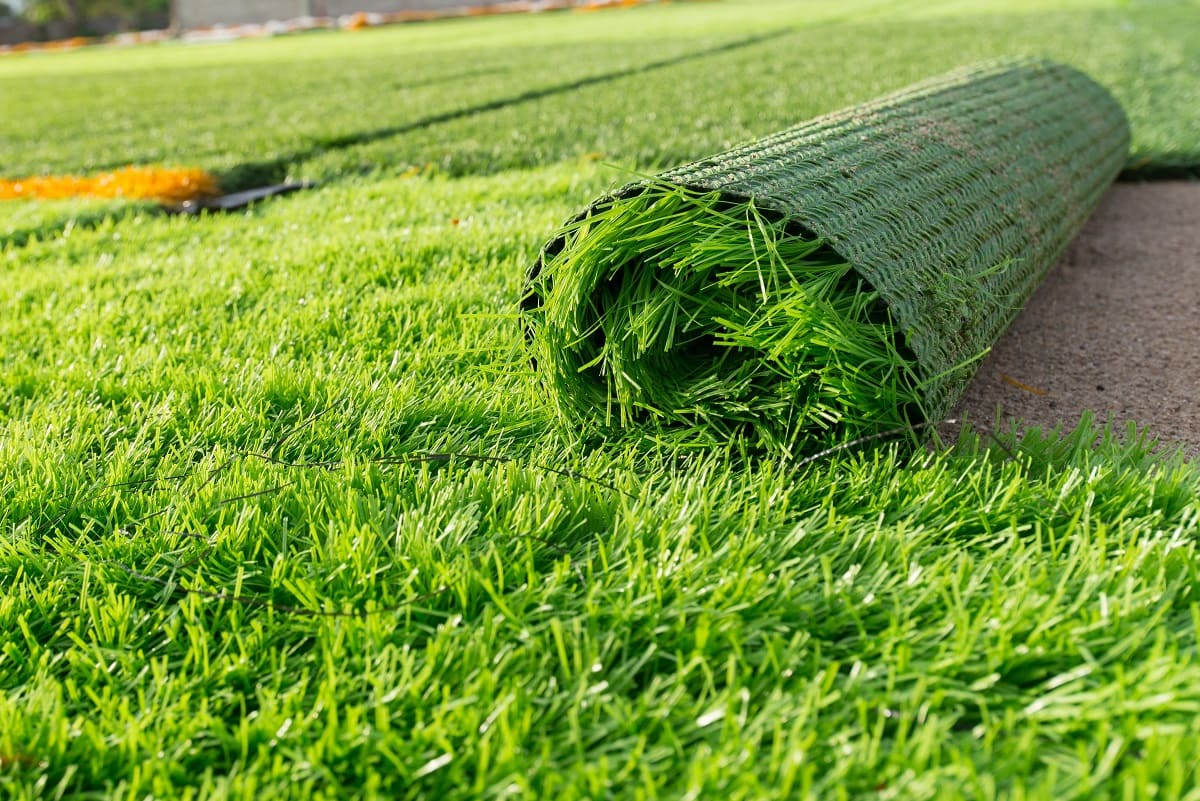
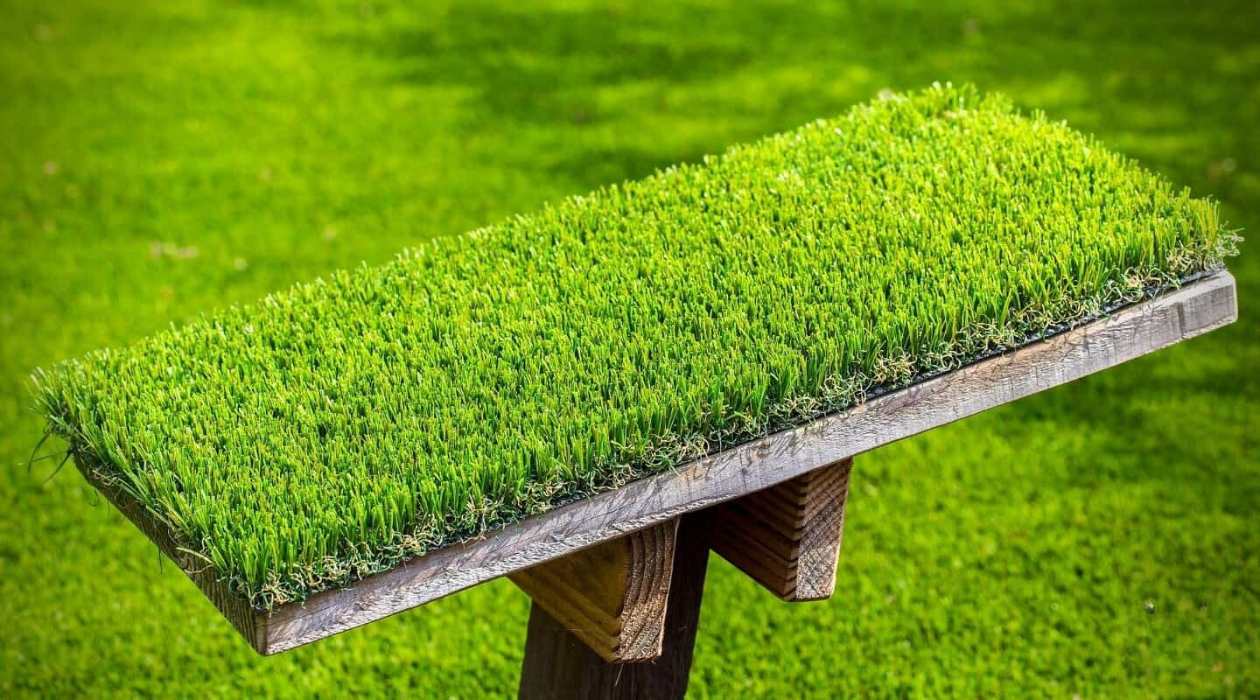
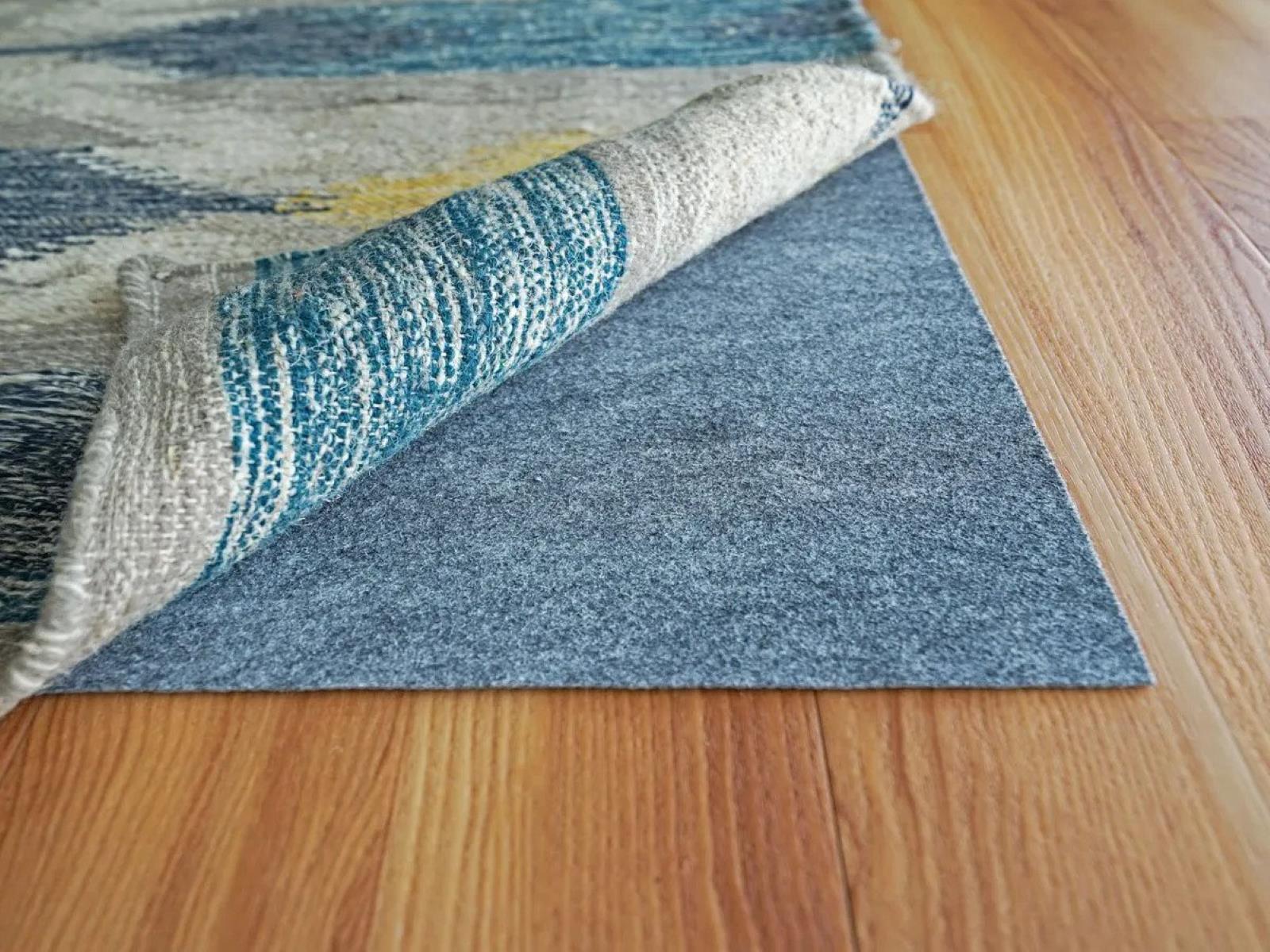
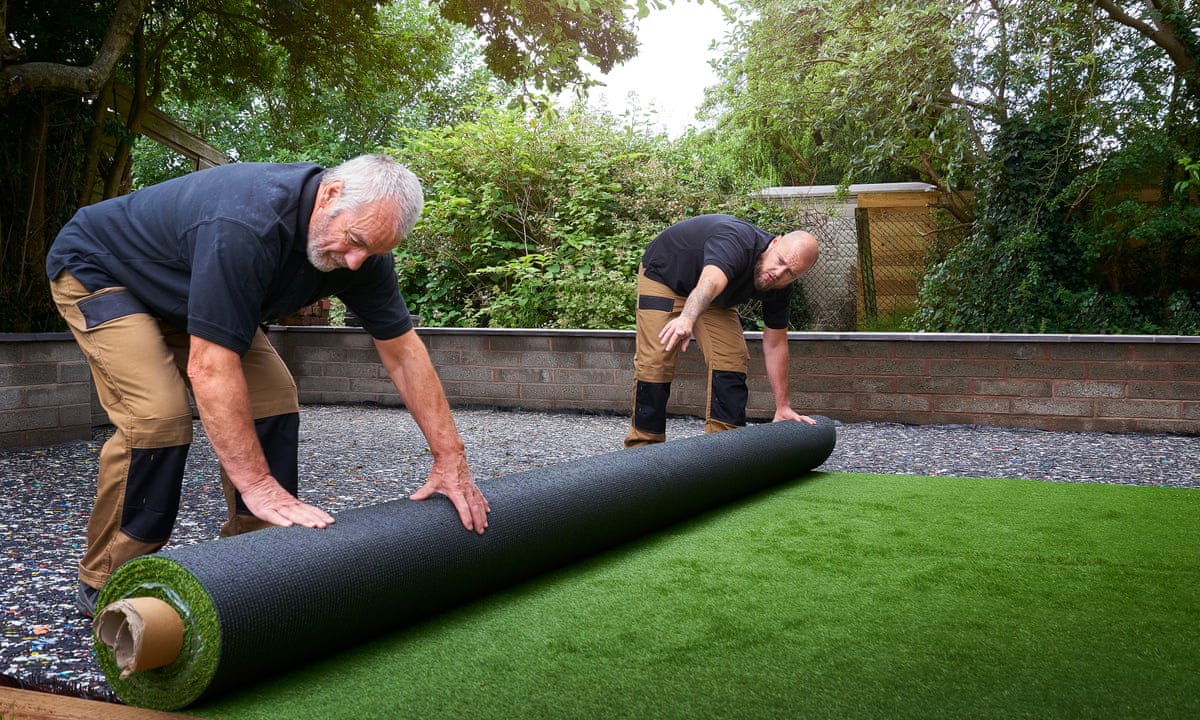
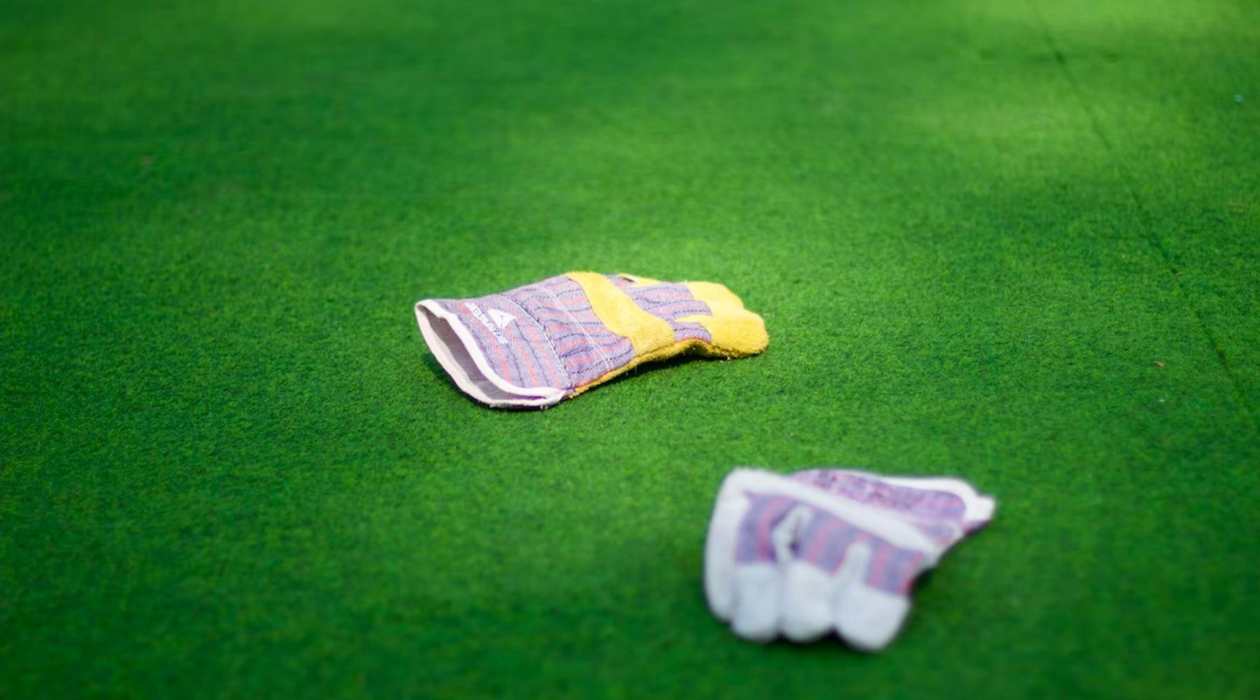
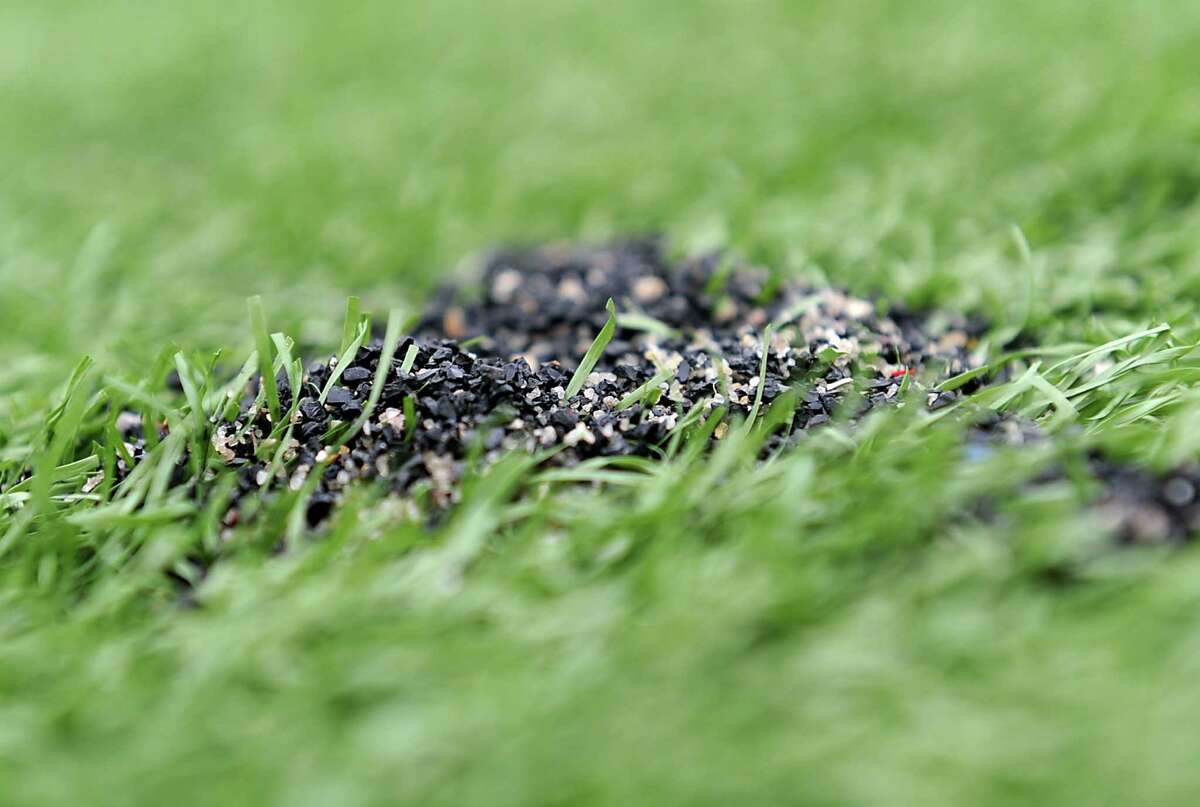
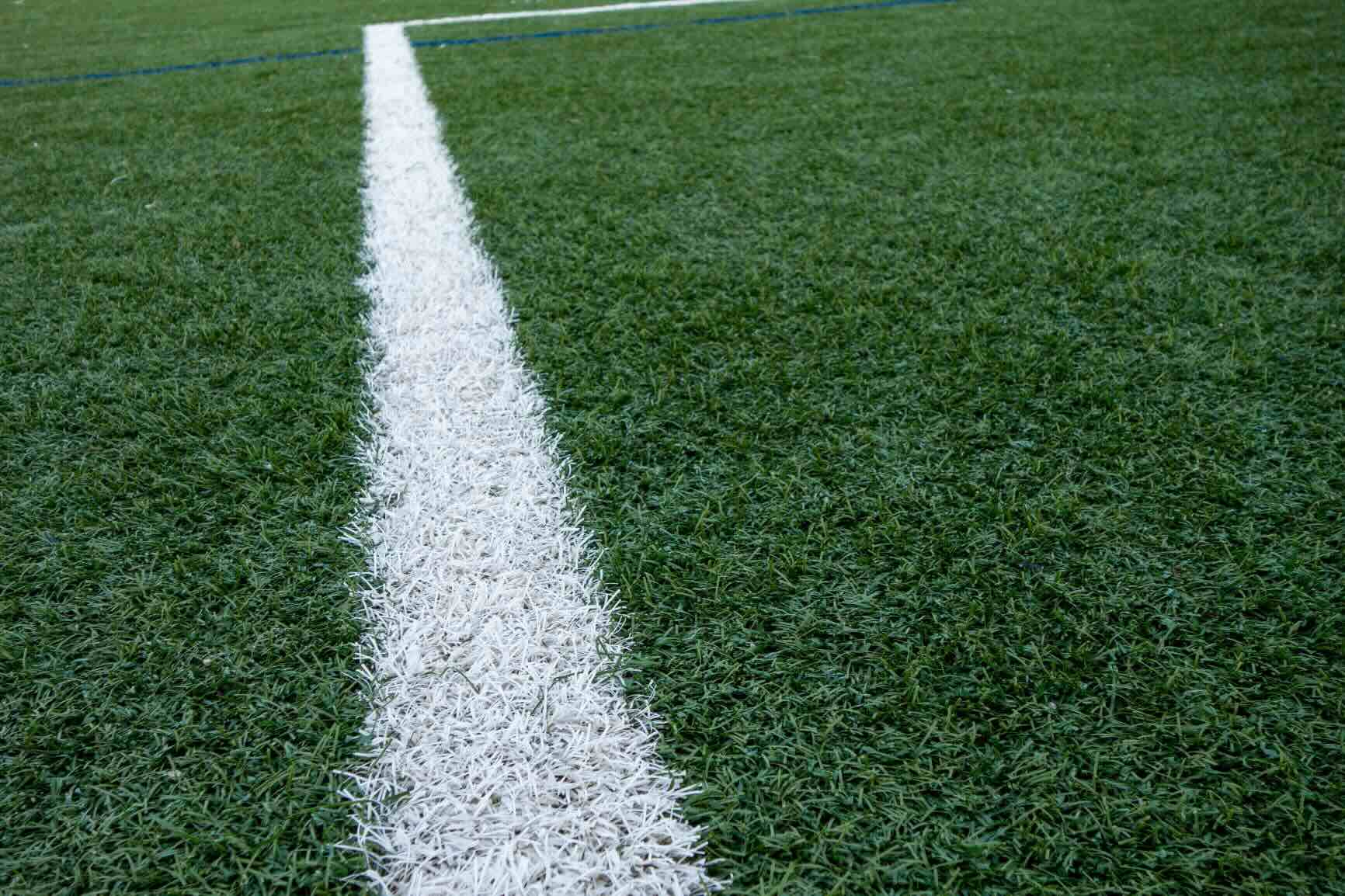
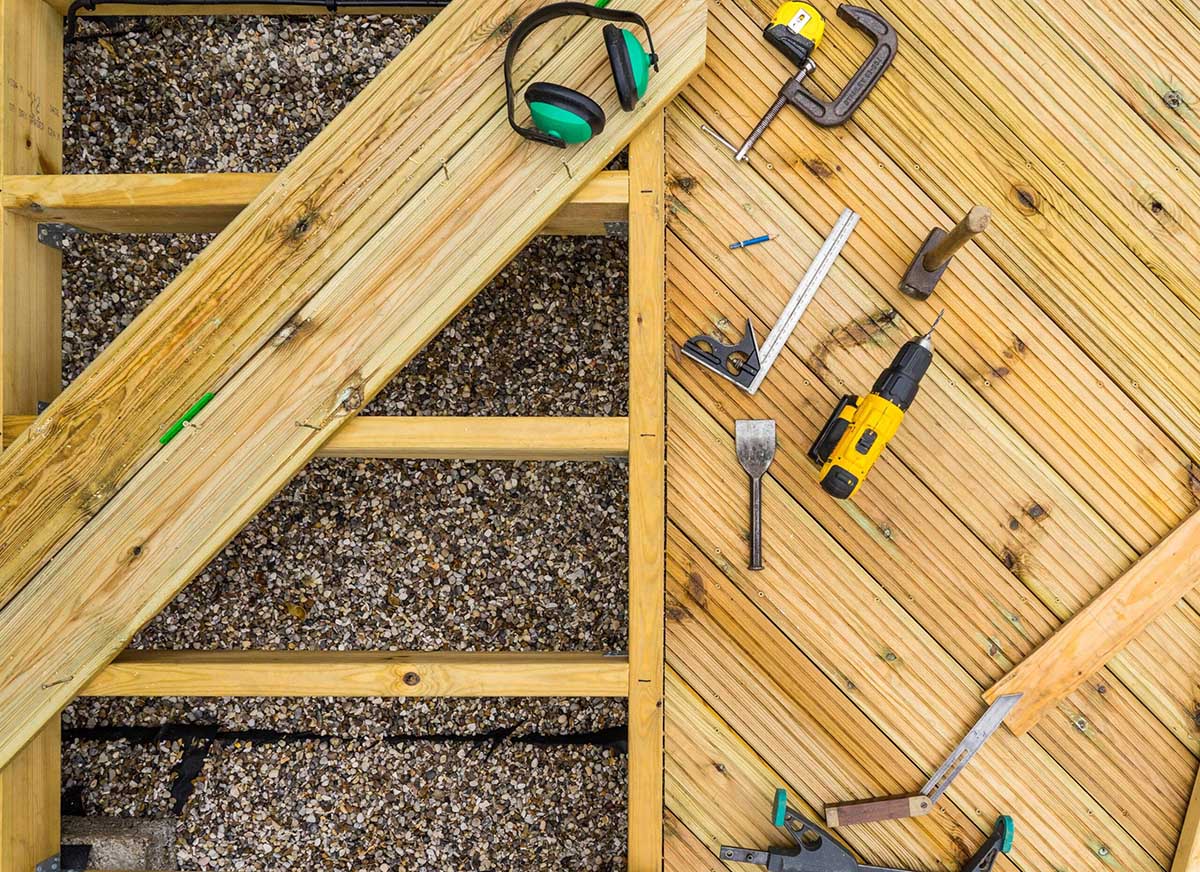

0 thoughts on “What Do You Put Under Astro Turf”